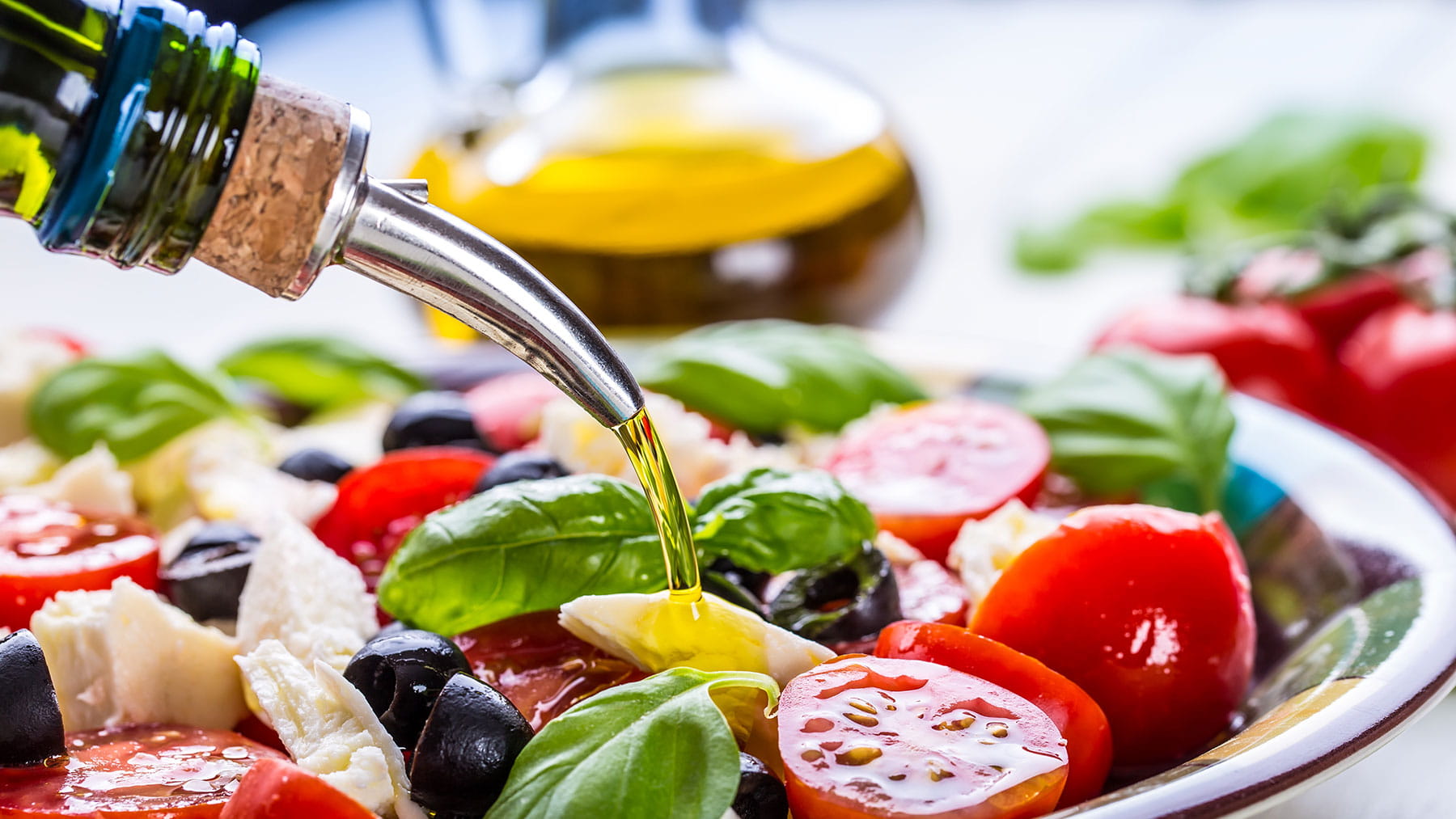Do you believe the myths about fat?

Fat. For a little word, it gets a bad rap. As a dietitian at The Ohio State University Wexner Medical Center for nearly two decades, I’m here to tell you that fat isn’t the enemy, as many of us have been led to believe.
Our misconceptions about this oily, greasy substance are sabotaging our ability to eat well and lose weight.
Believe it or not, we need fat in our diet. Healthy fats, such as those from plant sources, can help lower our risk for chronic conditions, including cardiovascular disease, diabetes and stroke. Healthy fats also keep our skin supple and our hair radiant, and even help us absorb other nutrients like many vitamins and phytochemicals.
So where did our misconceptions about fat start?
Let’s blame the 1980s. In addition to big hair and leg warmers, low-fat diets and low-fat food products were all the rage back then. We were obsessed with everything labeled low fat because that’s what the research of the day and government agencies told us was good, would combat chronic health problems and would make us lose weight.
In many cases, we cut out good vegetable fats and replaced them with highly processed foods with lots of sugar and carbohydrates, including bread, muffins, pizza, crackers, white rice and pasta. Eliminating healthy fats didn’t make us lose weight. Our rates of obesity and risks for chronic diseases during the past 20 years have skyrocketed.
Yet, for many of us, it’s still hard to accept that fat isn’t bad. We think that eating fat will make us fat. We think that low-fat diets will make us lose weight. We think that margarine is better than butter.Time and research have shown us that the truth lies somewhere in between. It’s quite possibly as simple as sipping a smoothie on the Mediterranean coast.
The Mediterranean diet has become synonymous with health as our nation has become more global. That’s because the people who live in the Mediterranean live longer, healthier lives, with fewer chronic health problems. They have lower rates of diabetes and heart disease, and their diet is based on the riches of their region and the bounty of the Mediterranean Sea. We can learn from them by observing what they eat.
The Mediterranean diet focuses on plant-based foods, like fruits, vegetables, whole grains, legumes and nuts. They use olive oil and lots of herbs and spices, rather than salt, to flavor their food. Instead of red meats, they consume fish and, to a lesser extent, poultry, eggs, cheese and yogurt.
Diets proven to decrease the risk for heart disease and diabetes are plant-based and include moderate amounts of fish and poultry. They infrequently include red meats. This type of diet will usually help with losing weight and preventing heart disease, as well as lower the risk of certain types of cancers.
When cooking, steer clear of highly processed vegetable oils that are high in trans fats. Instead, use butter in small amounts or a good quality vegetable-oil margarine, olive oil or healthful vegetable oils such as canola, sunflower, safflower and peanut oil.
Use more delicate oils, such as those made from walnuts, flax seed and avocado, for dressings. Create your own spreads by mixing olive oil and butter in a food processor and storing it in the refrigerator.
According to the American Heart Association, here’s important information to know about each kind of fat:
Saturated Fat
The majority of saturated fat comes from animal products such as beef, lamb, pork, poultry with skin, butter, cream, cheese and other dairy products made from whole or 2 percent milk. All of these foods contain dietary cholesterol. Foods from plants that contain saturated fat include coconut, coconut oil, palm oil, palm kernel oil and cocoa butter. For people who need to lower their cholesterol, the American Heart Association recommends reducing saturated fat to no more than 5 to 6 percent of total daily calories. This translates to about 10 to 13 grams of saturated fat per day for most people, or the amount in two slices of cheddar cheese.
Unsaturated Fat
Polyunsaturated and monounsaturated fats are the two unsaturated fats. They're mainly found in fish such as salmon, trout and herring. They’re also in avocados, olives, walnuts and liquid vegetable oils, such as olive, safflower, soybean, corn, canola and sunflower oil. These oils can help lower LDL, or bad cholesterol, and, therefore, lower the risk of heart disease.
Trans Fat
Trans fats (or trans fatty acids) are created in an industrial process that adds hydrogen to liquid vegetable oils to make them more solid. Another name for trans fats is “partially hydrogenated oils.” Trans fats are found in many fried foods and baked goods such as pastries, pizza dough, pie crust, cookies and crackers. Trans fats do a double whammy on us by raising bad cholesterol levels and lowering good (HDL) cholesterol levels. These changes are associated with a higher risk of heart disease.
Here are some ways the American Heart Association recommends to eat less saturated and trans fats:
- Eat a dietary pattern that emphasizes fruits, vegetables, whole grains, low-fat dairy products, poultry, fish and nuts. Also limit red meat and sugary foods and beverages.
- Use naturally occurring unhydrogenated vegetable oils such as canola, safflower, sunflower or olive oil most often.
- Look for processed foods made with unhydrogenated oil rather than partially hydrogenated or hydrogenated vegetable oils or saturated fat.
- Use margarine as a substitute for butter, and choose soft margarines (liquid or tub varieties) over harder stick forms. Look for “0 g trans fat” on the Nutrition Facts label.
- Doughnuts, cookies, crackers, muffins, pies and cakes are examples of foods high in trans fat. Don’t eat them often.
- Limit commercially fried foods and baked goods made with shortening or partially hydrogenated vegetable oils. These foods are very high in fat, and it’s likely to be trans fat.
- Limit fried fast food. Commercial shortening and deep-frying fats are still made by hydrogenation and contain saturated fat and trans fat.




